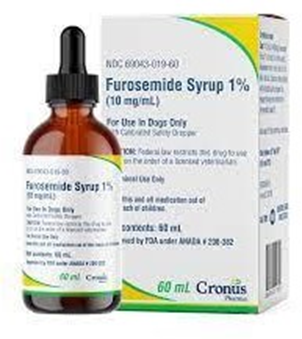A client is admitted with cough, congestion, bilateral rales, and clear nasal drainage. In reviewing the differential WBC the nurse notes the lymphocytes are elevated. How should the nurse interpret the elevated lymphocytes?
as an allergic response
as an inflammatory response
as a viral infection
as a bacterial infection
The Correct Answer is C
A. Allergic responses typically involve an increase in eosinophils rather than lymphocytes.
B. While an inflammatory response may involve an increase in lymphocytes, the presentation of clear nasal drainage and cough with bilateral rales suggests a respiratory infection rather than a generalized inflammatory process.
C. Elevated lymphocytes are often indicative of a viral infection, as the body mounts an immune response to fight off the viral invader.
D. Bacterial infections typically involve an increase in neutrophils rather than lymphocytes, although lymphocytosis may occur in some bacterial infections as part of the immune response.
Nursing Test Bank
Naxlex Comprehensive Predictor Exams
Related Questions
Correct Answer is {"A":{"answers":"A"},"B":{"answers":"B"},"C":{"answers":"A"},"D":{"answers":"C"},"E":{"answers":"A"},"F":{"answers":"C"}}
Explanation
A. Placing the client on Contact Precautions is appropriate to prevent the transmission of MRSA to other patients and healthcare workers.
B. Applying a cold compress may worsen tissue damage and compromise blood flow, which can exacerbate the wound infection and cellulitis.
C. Elevating the client's arm can help reduce swelling and improve circulation, aiding in the resolution of cellulitis.
D. Taking a wound culture every shift is not necessary or useful, as it can be painful for the client and does not provide timely information on the infection status. A wound culture is usually done once before starting antibiotic therapy and then repeated only if there is no improvement or signs of worsening.
E. Initiating IV access for fluid and antibiotic therapy is necessary for treating the systemic infection caused by MRSA and cellulitis.
F. Subcutaneous sodium heparin is an anticoagulant that prevents blood clots, but it is not indicated for this client unless they have a history or risk of thromboembolic events, such as deep vein thrombosis or pulmonary embolism.
Correct Answer is ["8"]
Explanation
To answer this question, the nurse needs to use the formula:
mL = (mg x 1 mL) / mg
where mg is the prescribed dose and mL is the available dose. Plugging in the values, we get:
mL = (80 mg x 1 mL) / 10 mg mL = 8 mL
Therefore, the nurse should administer 8 mL of furosemide oral solution.

Whether you are a student looking to ace your exams or a practicing nurse seeking to enhance your expertise , our nursing education contents will empower you with the confidence and competence to make a difference in the lives of patients and become a respected leader in the healthcare field.
Visit Naxlex, invest in your future and unlock endless possibilities with our unparalleled nursing education contents today
Report Wrong Answer on the Current Question
Do you disagree with the answer? If yes, what is your expected answer? Explain.
Kindly be descriptive with the issue you are facing.
